Choicemaking: 5 Things to Think About
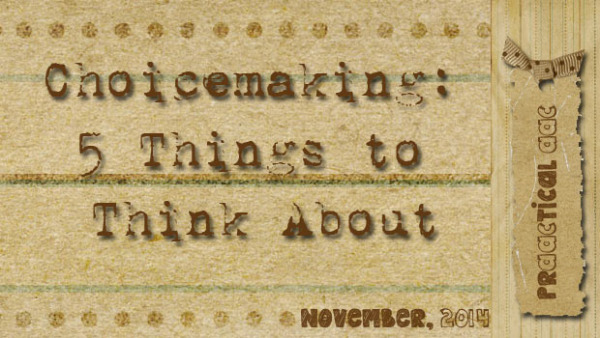
We’ve all worked with beginning communicators who are just starting to get the hang of this interaction thing. For some, making requests and choicemaking, something we’ve written about before, is an early goal. Judit is a student like that. At 19 years old, she is just beginning to be able to attend to picture symbols and use them to express herself in a few situations. When we have kids like that, here are some of the things we think about.
- Autonomy is related to happiness. The more opportunities we have to give input into what happens during our day, the more content we tend to be.
- It’s not just for snack and mealtimes. If you are working on making choices and only providing options when Suzie is eating, you’re doing her a disservice. There are opportunities for choices everywhere.
- Even when it is snack/mealtime, the choices should not be limited to food and drink.
- Do you want a little/a lot? Big one/small one? Should we give it to Maya, Liam, or Devon? Should I make it go fast/slow. Should I help you now or later? Should I be neat or messy?
- Who do you want to sit next to? Who should help you? Who should pass out napkins?
- What should we do? What do you want Ms. Elanor to do? What else do you need?
- Where should I put it? Where should Maya sit?
- Give them what they asked for. Liam asked for a napkin, even though he rarely uses them, and you suspect he really wanted a cup. It’s okay. Give him the napkin. That’s how he’ll learn. Follow it with another choicemaking opportunity and be prepared to provide supports so that he is successful.
- Give them a way out. You may really, really, want a copy of coffee but what if I only offer you choices of juice, soda, and water? Not only will you feel incredibly frustrated, but you’ll look less than competent as a communicator. It’s helpful to provide messages like “Not here,” “It’s not on this board,” or “Something else.”
Do you have tips on building this skill set in your early communicators? Or maby some pet peeves? We’d love to hear about them.
Filed under: PrAACtical Thinking
Tagged With: choice board, choicemaking, requesting
This post was written by Carole Zangari

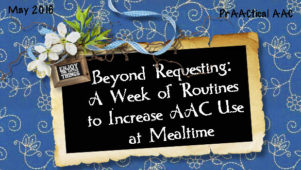
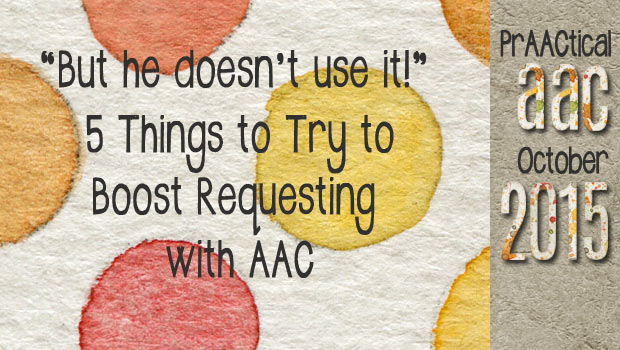
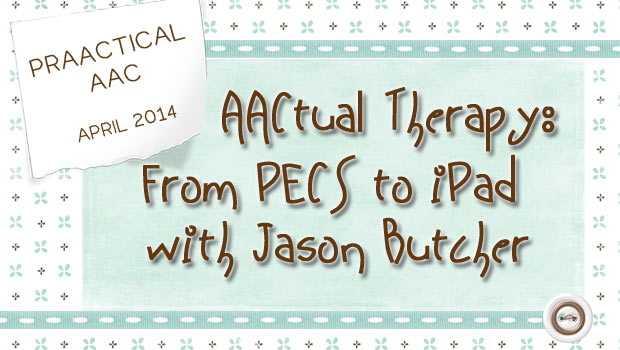
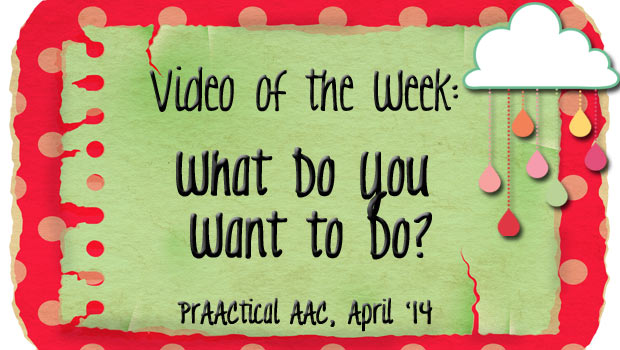
4 Comments
Great ideas! Number 4 has me feeling a little anxious though… I know what you meant but I don’t think a lot of the teachers I work with would. I tell teachers that just offering choices and giving whatever the child symbolically indicates when his use of symbols isn’t yet reliable isn’t good teaching. Especially if it means ignoring the student’s presymbolic communicative behavior. I prefer to give them what they asked for, but then immediately MODEL the language for what you believe they are really thinking and then give it to them. Something like, “you asked for the napkin, but it looks like you wanted the (point to symbol/object) juice (give juice).” We can never do enough aided language modeling! I don’t usually withhold the desired item until they accurately indicate their choice with symbols. Maybe that’s because many of my students rarely show a clear communicative intent and so I would want to reinforce it before the moment is lost. But a great post and great points about autonomy for the communicator and variety of opportunities!
Are these meant for when using choice boards or doing pecs type requesting?
And not just for communicating via symbols! Choice-making can be offered all day for presymbolic language users too! Giving choices of shirts; cups or glasses, sofa or chair… all opportunities to allow our friends to have control of their lives. And not just for things. One of my favorite choices: “are you ready or do you want to wait?”
Thanks for the post! Choice-making gets a bad rap, even from me, but some of our friends aren’t even given this level opportunity to control their lives.
Thanks for that comment, Vicki. You are SO right when you talk about the power of choicemaking. As we’ve learned to move beyond and address all kinds of other language goals, it’s a great reminder not to throw the baby out with the bathwater. Making choices is a powerful self-advocacy tool.